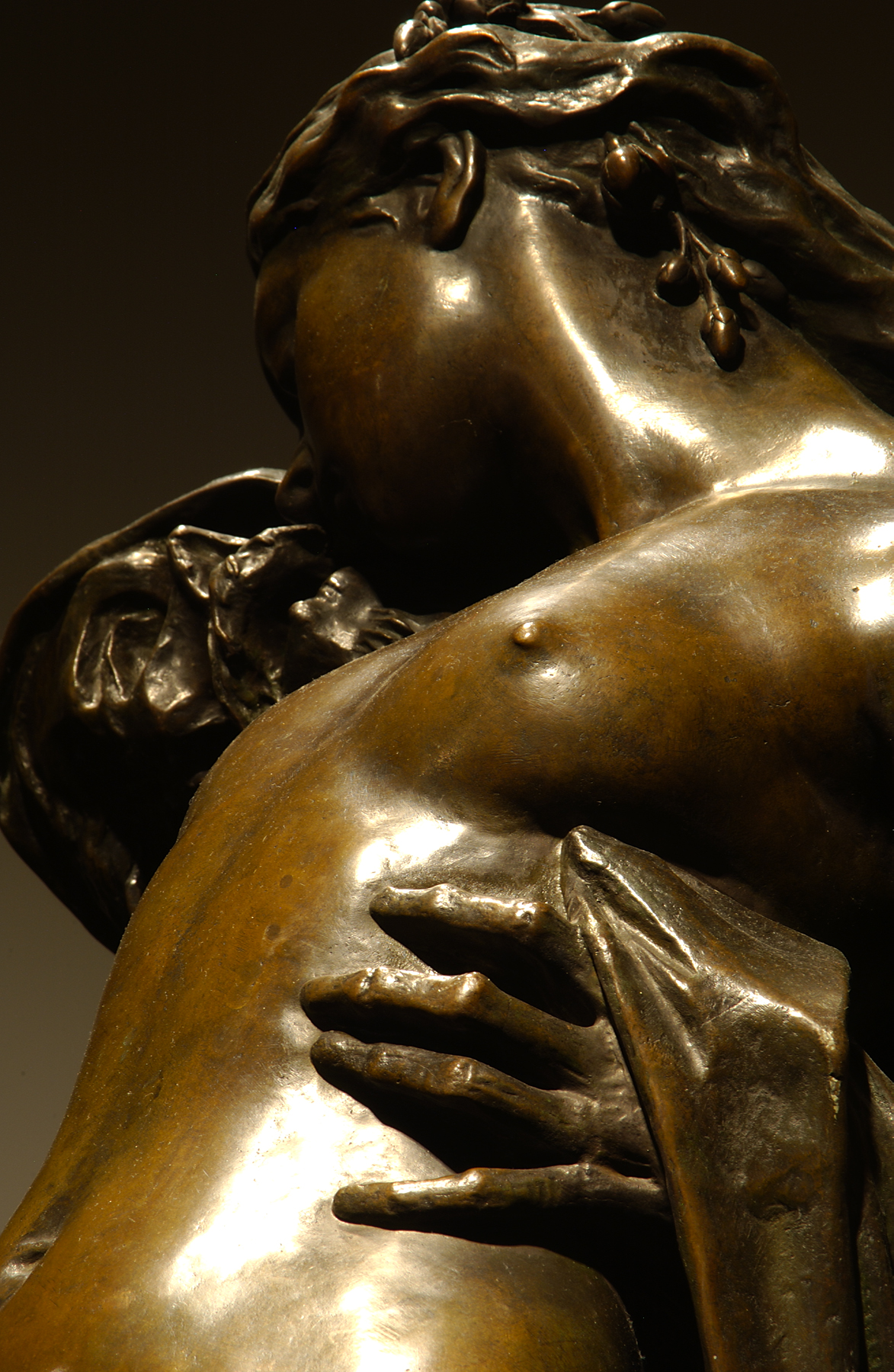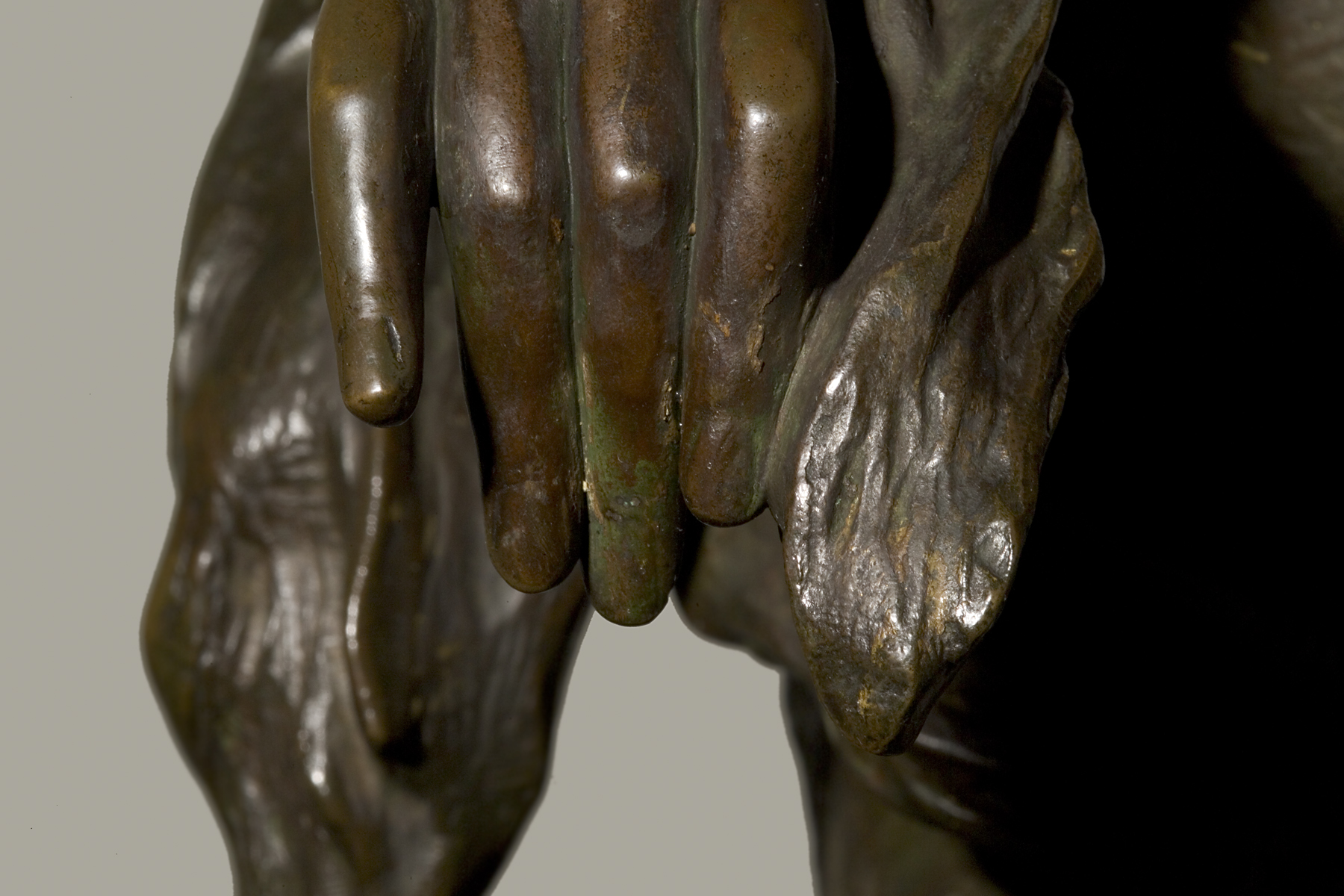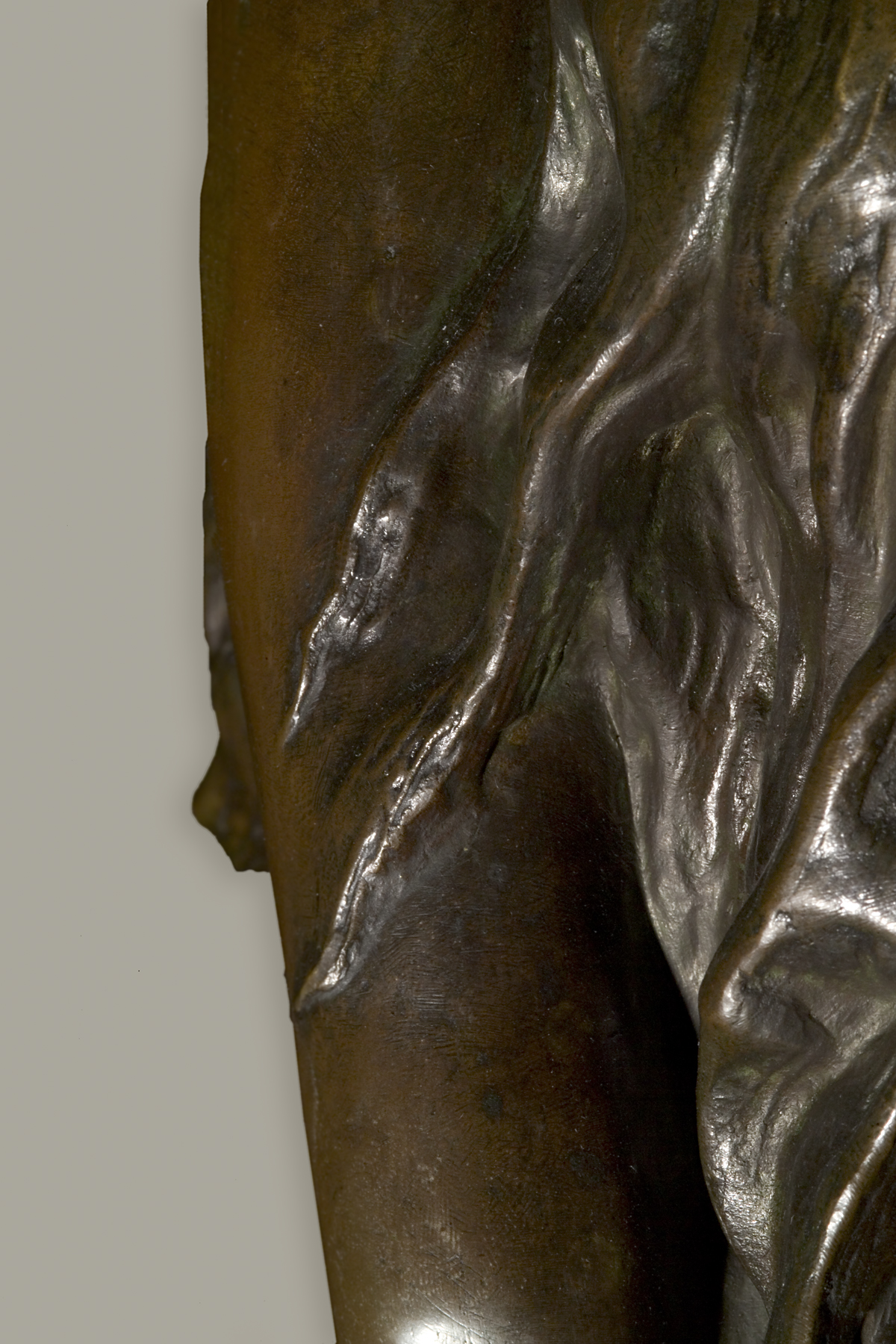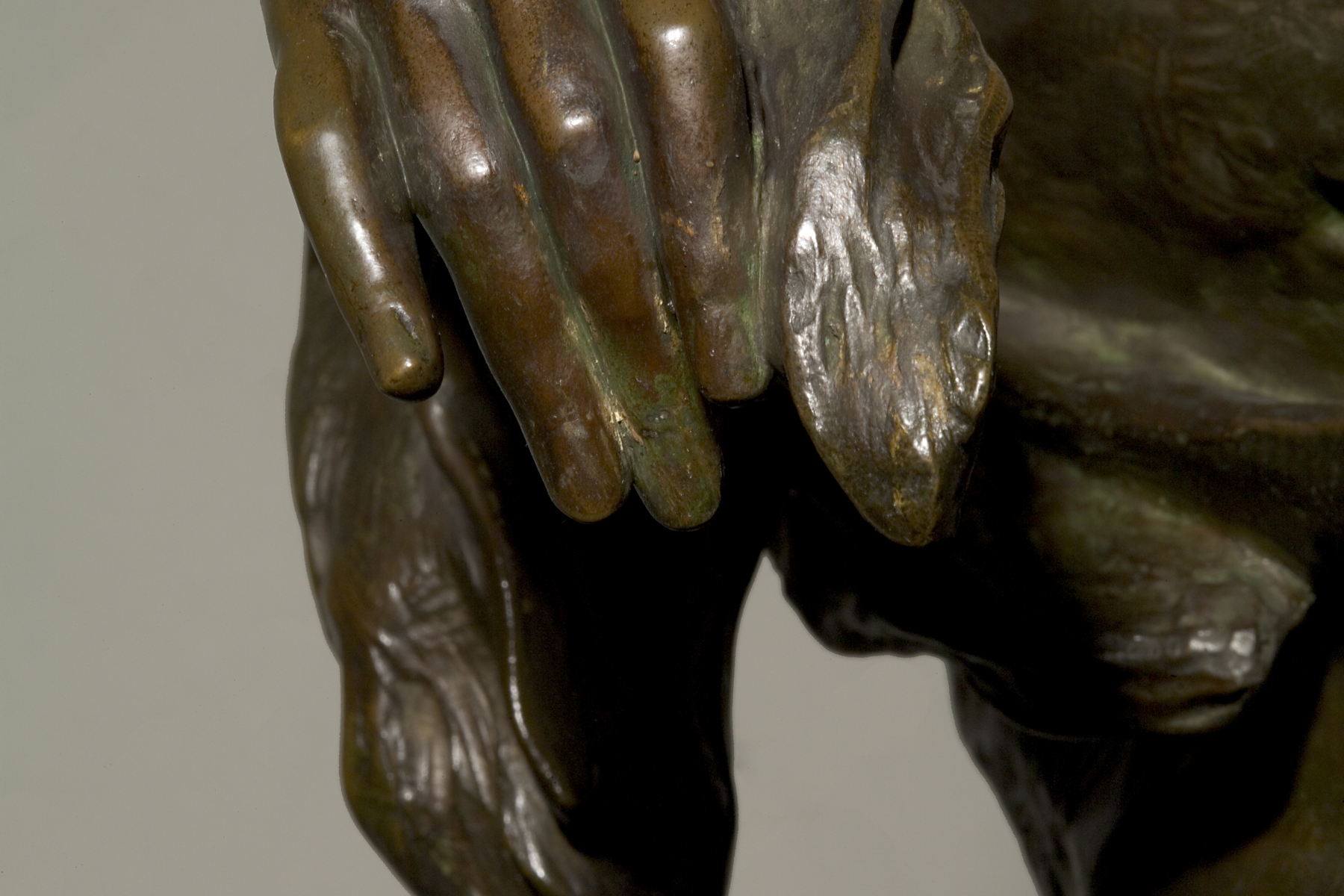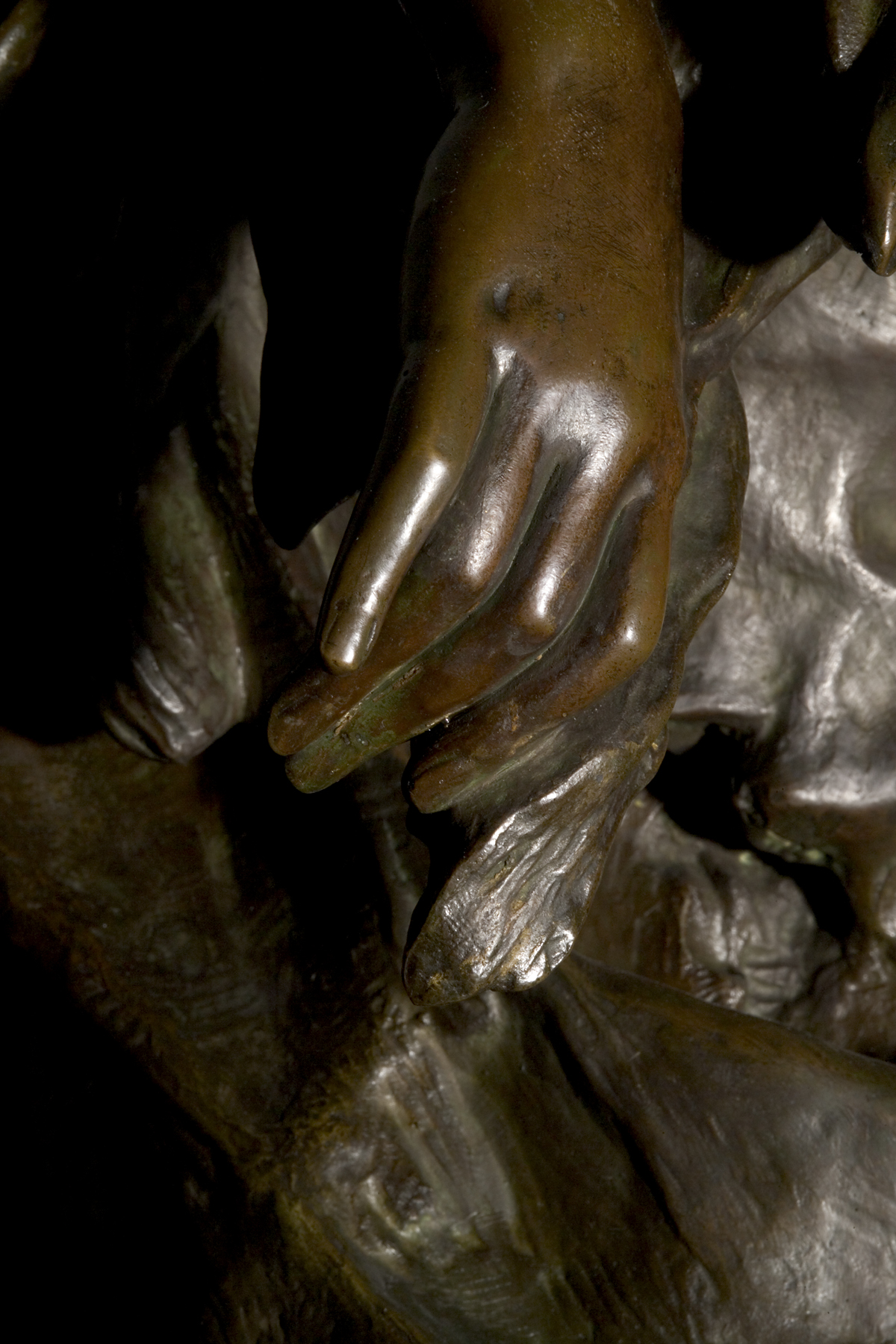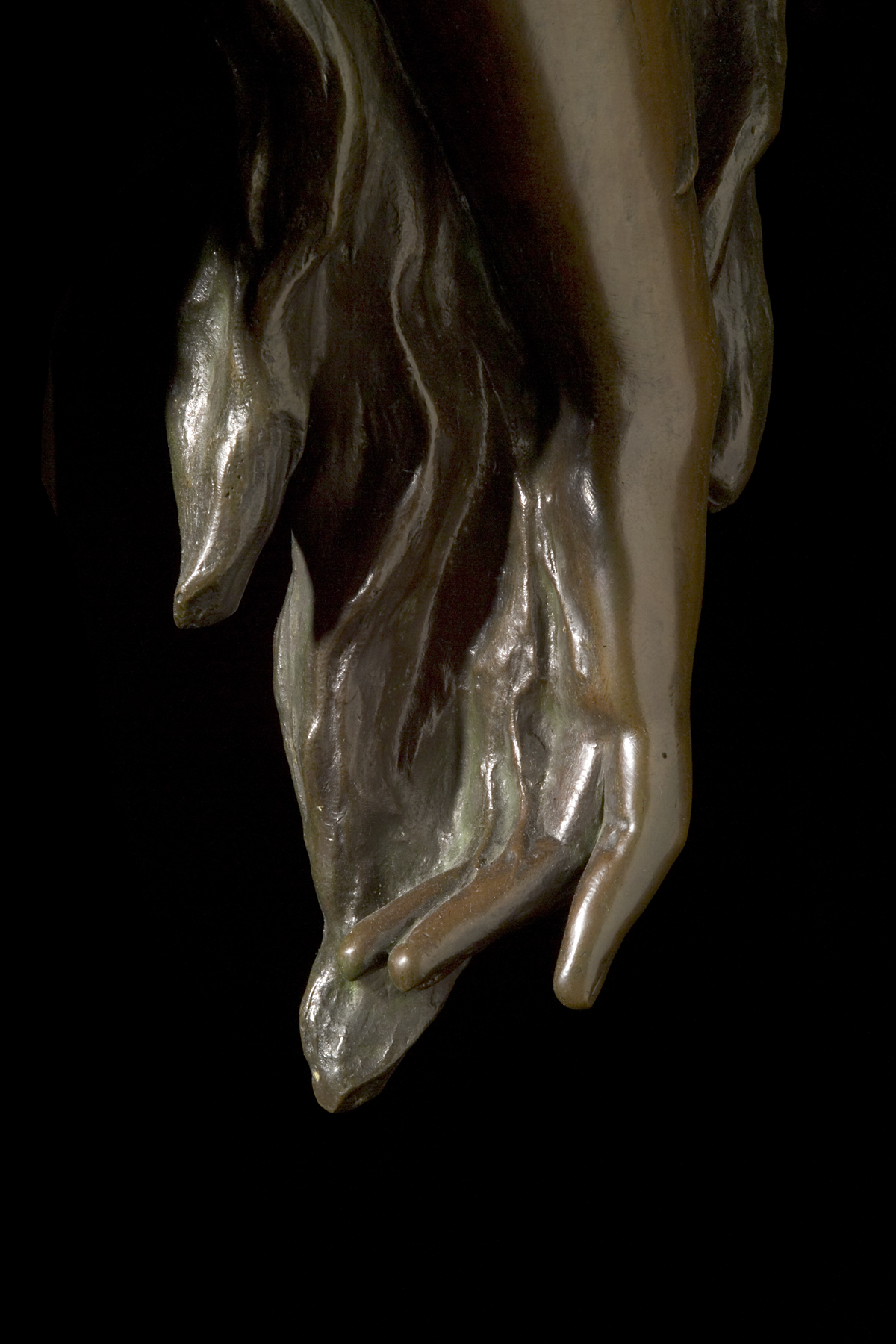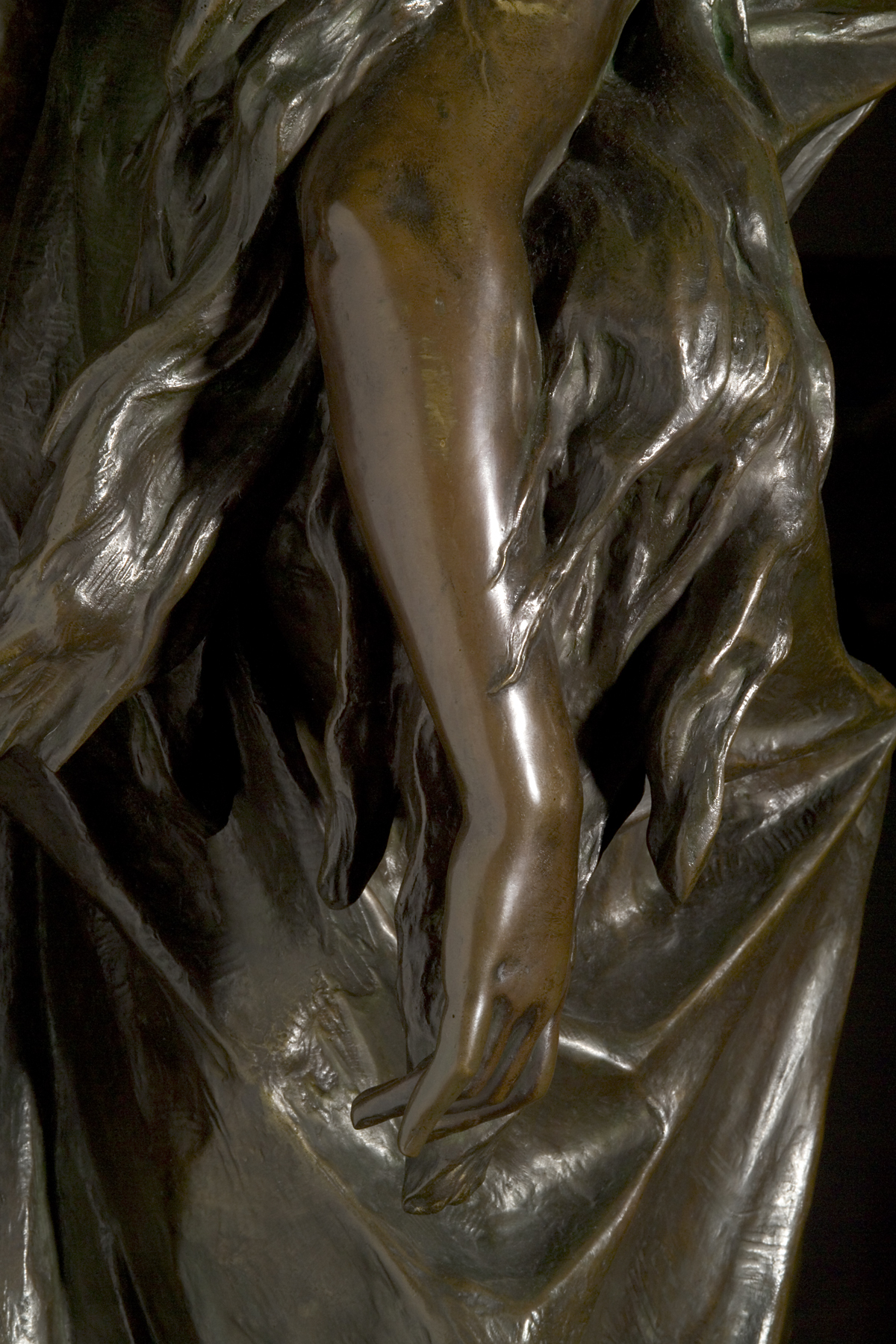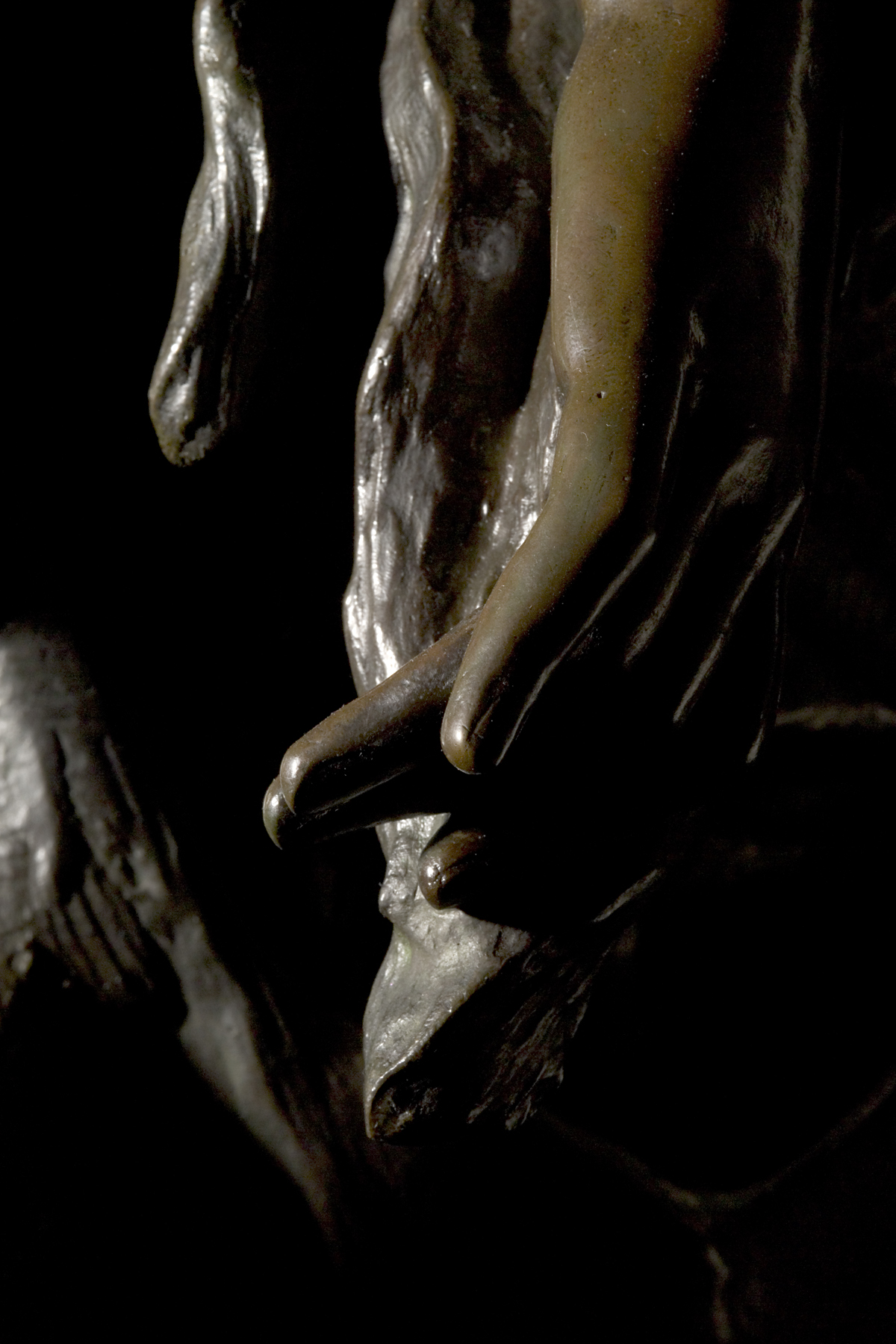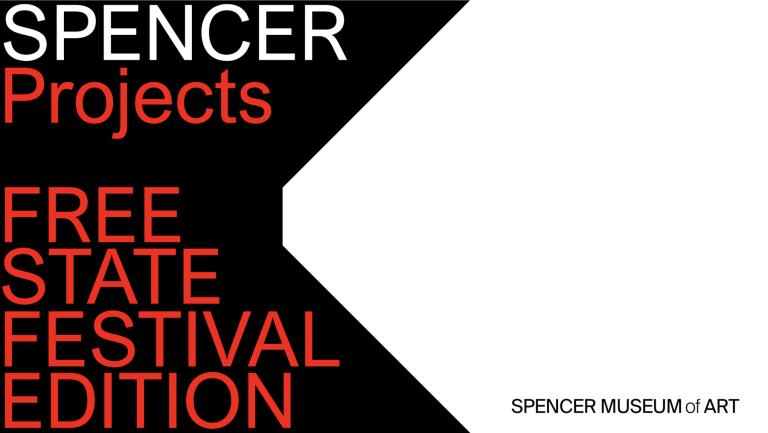Et Toujours! Et Jamais!, Pierre Eugène Emile Hébert
Artwork Overview
Pierre Eugène Emile Hébert, artist
1828–1893
Et Toujours! Et Jamais!,
1863
Where object was made: France
Material/technique: bronze
Dimensions:
Object Height/Width/Depth (Height x Width x Depth): 149.9 x 63.5 x 68.6 cm
Object Height/Width/Depth (Height x Width x Depth): 59 x 25 x 27 in
Object Height/Width/Depth (Height x Width x Depth): 149.9 x 63.5 x 68.6 cm
Object Height/Width/Depth (Height x Width x Depth): 59 x 25 x 27 in
Credit line: Museum purchase: Friends of the Art Museum
Accession number: 1977.0066
Not on display
If you wish to reproduce this image, please submit an image request

